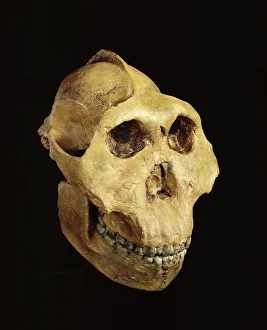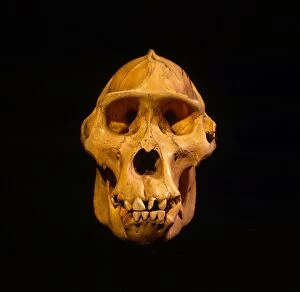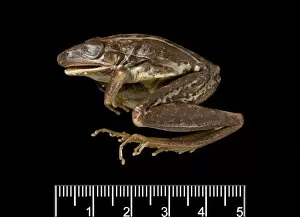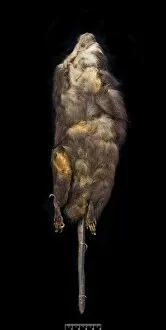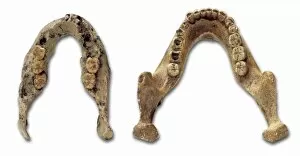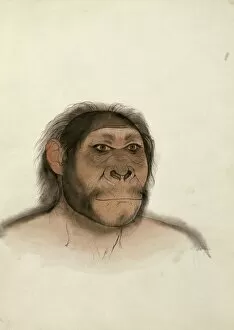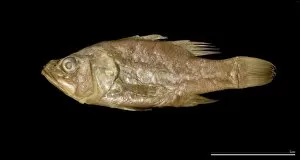Holotype Collection
The holotype, Paranthropus boisei (Zinjanthropus) cranium (OH5), is a significant fossil specimen that provides valuable insights into human evolution
All Professionally Made to Order for Quick Shipping
The holotype, Paranthropus boisei (Zinjanthropus) cranium (OH5), is a significant fossil specimen that provides valuable insights into human evolution. This picture, numbered 10870743, captures the remarkable features of this ancient hominin skull. In contrast to the OH5 cranium, we also have the holotype of the Mountain Gorilla (Gorilla gorilla beringei) from 1902 at the Museum fur Natuurkunde. This skull serves as a reference point for understanding these majestic creatures and their unique adaptations. Moving away from primates, we encounter other fascinating holotypes like Oligoryzomys victus, a St. Vincent pygmy rice rat. These small rodents play an essential role in their ecosystem and are crucial for scientific research on biodiversity. Nature never ceases to amaze us with its diversity; take Hyla nasuta, commonly known as the rocket frog. Its distinctive long snout sets it apart from other amphibians and makes it an intriguing subject for study. Another captivating creature is Pharnacia kirbyi, a stick insect species renowned for its incredible camouflage abilities. The detailed examination of this they are reveal secrets about mimicry and adaptation in insects. Shifting our focus back to mammals, we come across Megalomys luciae—the saint lucia giant rice rat—represented by multiple holotypes. These specimens provide invaluable information about extinct Caribbean rodents and contribute to our understanding of island biogeography. Similarly, Megalomys desmarestii represents another antillean giant rice rat species through its holotype specimen. By studying these fossils meticulously preserved in museums worldwide, scientists gain insights into past ecosystems and evolutionary processes. Lastly but not least important are Homo heidelbergensis mandible casts such as Mauer 1 and Swartkrans which shed light on our own ancestral lineage's development over time.

